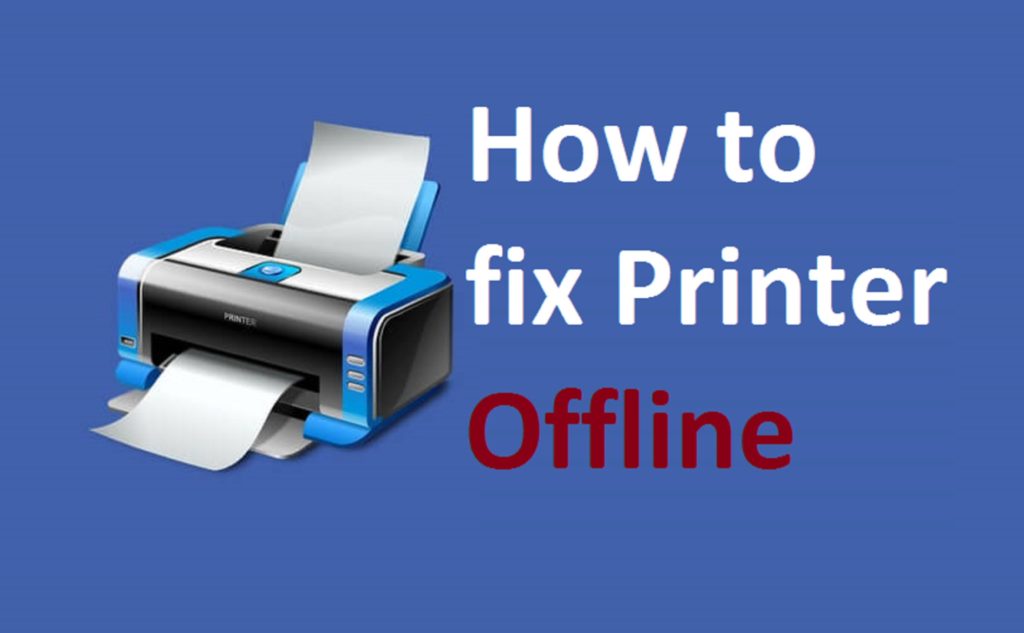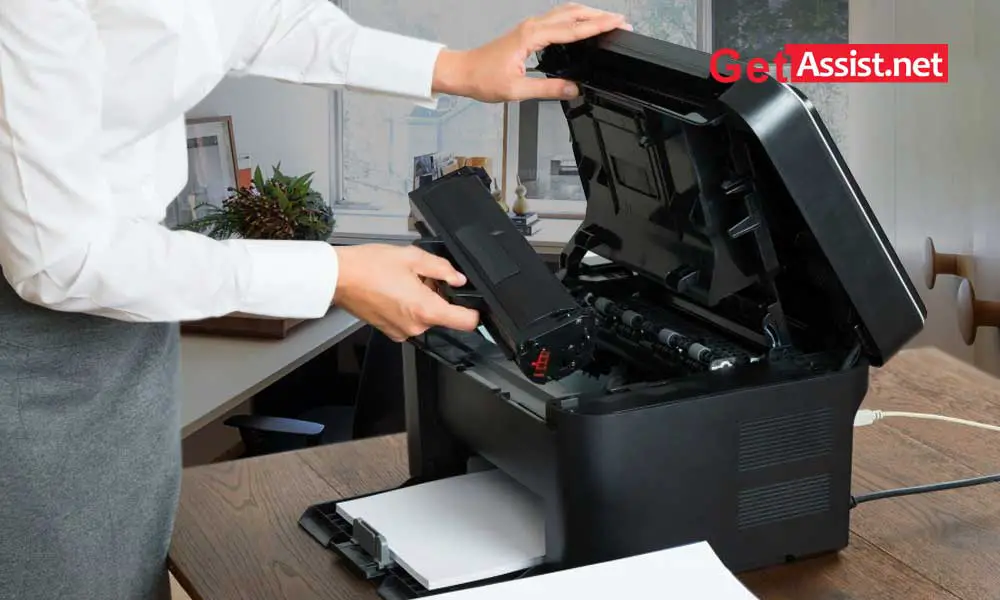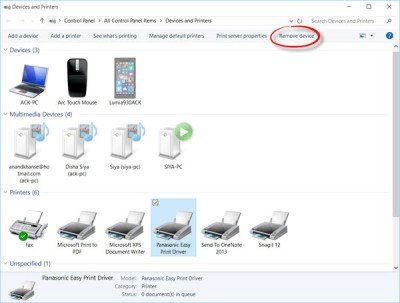Troubleshooting Printer Problems In Windows 10

Executive Summary

This article provides comprehensive troubleshooting steps and solutions for resolving common printer issues encountered in Windows 10. By following these detailed instructions, users can effectively diagnose and fix printer connection, printing quality, and other related problems, ensuring seamless printer functionality.

Introduction
Printers are essential peripherals for home and office environments, allowing users to effortlessly produce physical copies of digital documents. However, technical issues can occasionally arise, hindering print operations and causing frustration. This article aims to empower users with a comprehensive guide to troubleshooting and resolving various printer problems in Windows 10, enabling them to restore their printers to optimal functionality.
Common Printer Issues and Solutions
Printer Not Connecting
- Wi-Fi Connectivity Issues: Check the network connection and ensure the printer is connected to the same Wi-Fi network as the computer.
- USB Connection Problems: Inspect the USB cable for damage and firmly reconnect it to both devices. Restart both the printer and computer.
- Bluetooth Pairing Errors: Remove the printer from the computer’s Bluetooth device list, reset Bluetooth on the computer, and pair the printer again.
- Network Configuration Issues: Troubleshoot network connections by checking if other devices can access the network, resetting the router, and updating network drivers.
Printing Quality Issues
- Grainy or Blurry Prints: Clean the printer cartridges and print heads according to manufacturer’s instructions. Use high-quality paper and adjust print settings for optimal output.
- Faded or Weak Colors: Replace any empty or low ink cartridges. Calibrate the printer using built-in software tools to improve color accuracy.
- Paper Jams and Wrinkles: Clear any visible paper jams and check for any crumpled or wrinkled paper. Adjust paper settings in the printer driver to match the paper type being used.
- Misaligned Text or Graphics: Realign the printer heads by following the printer’s user manual or online support resources. Check if the printer is level and not tilted.
Printer Driver Issues
- Driver Compatibility Problems: Ensure the installed printer drivers are compatible with Windows 10 by checking the manufacturer’s website. Update or reinstall the drivers if necessary.
- Outdated Drivers: Regularly check for and install the latest printer drivers to address bugs and improve performance. Outdated drivers can cause various printing problems.
- Conflicting Drivers: Remove any duplicate or incompatible printer drivers from the system. Install only the recommended drivers provided by the printer manufacturer.
Paper Tray and Feeding Issues
- Paper Tray Not Detected: Check if the paper tray is properly inserted and contains paper. Clean the sensor assembly located inside the tray.
- Paper Feeding Problems: Inspect the paper rollers for dirt or debris. Use compressed air to clean the rollers gently. Adjust the paper guides to ensure the paper is fed correctly.
- Paper Size Mismatch: Select the appropriate paper size in the print settings to match the paper loaded in the tray. Check the printer’s user manual for supported paper sizes.
Other Printing Issues
- Print Spooler Problems: Restart the print spooler service in Windows to resolve printing delays or errors. Check if the spooler is set to automatic startup.
- Document Not Printing Completely: Inspect the document for any formatting errors or embedded images. Try reducing the document size or breaking it into smaller parts for printing.
- Low Ink or Toner Levels: Replace or refill ink or toner cartridges when prompted. Neglecting this can lead to reduced print quality or complete printing failure.
Conclusion
Printer issues in Windows 10 can be frustrating but are often easily resolved with proper troubleshooting and care. By following the detailed steps outlined in this article, users can diagnose and fix various printer problems, such as connection issues, printing quality degradation, driver problems, paper tray malfunctions, and other printing errors. Implementing these solutions ensures users can quickly restore their printers to optimal functionality and enjoy smooth printing operations.
Keyword Phrase Tags
- Printer troubleshooting Windows 10
- Printer connection problems
- Printing quality issues Windows 10
- Printer driver problems
- Paper tray and feeding issues

This is an excellent resource for troubleshooting printer problems. It is well-written and easy to follow.
The instructions in this article are outdated. There is a newer version of Windows 10 that has different troubleshooting steps.
I have a question about the error message that my printer is displaying. Can you help me troubleshoot that?
I disagree with the author’s suggestion to restart the computer. This is a common troubleshooting step that is not always effective.
It’s ironic that the article on troubleshooting printer problems has so many typos.
Wow, this article is really helpful. I’m going to throw my printer out the window now.
My printer is acting up again. I think it’s trying to tell me something.
I’m so glad I found this article. It helped me fix my printer problem in no time.
I’ve tried all the troubleshooting steps in this article and my printer is still not working. I guess I’ll have to call a repair shop.
I’m curious about how the printer drivers work. Can you explain that to me?
I think the author is wrong about the importance of restarting the computer. In my experience, it’s the most effective troubleshooting step.
It’s ironic that the article on troubleshooting printer problems has so many problems.
Wow, this article is really helpful. I’m sure it will help me fix my printer problem as soon as I find a working printer.
My printer is so stubborn. It’s like a pet that refuses to listen to me.
Thank you for this article. It helped me troubleshoot my printer problem and get it working again.